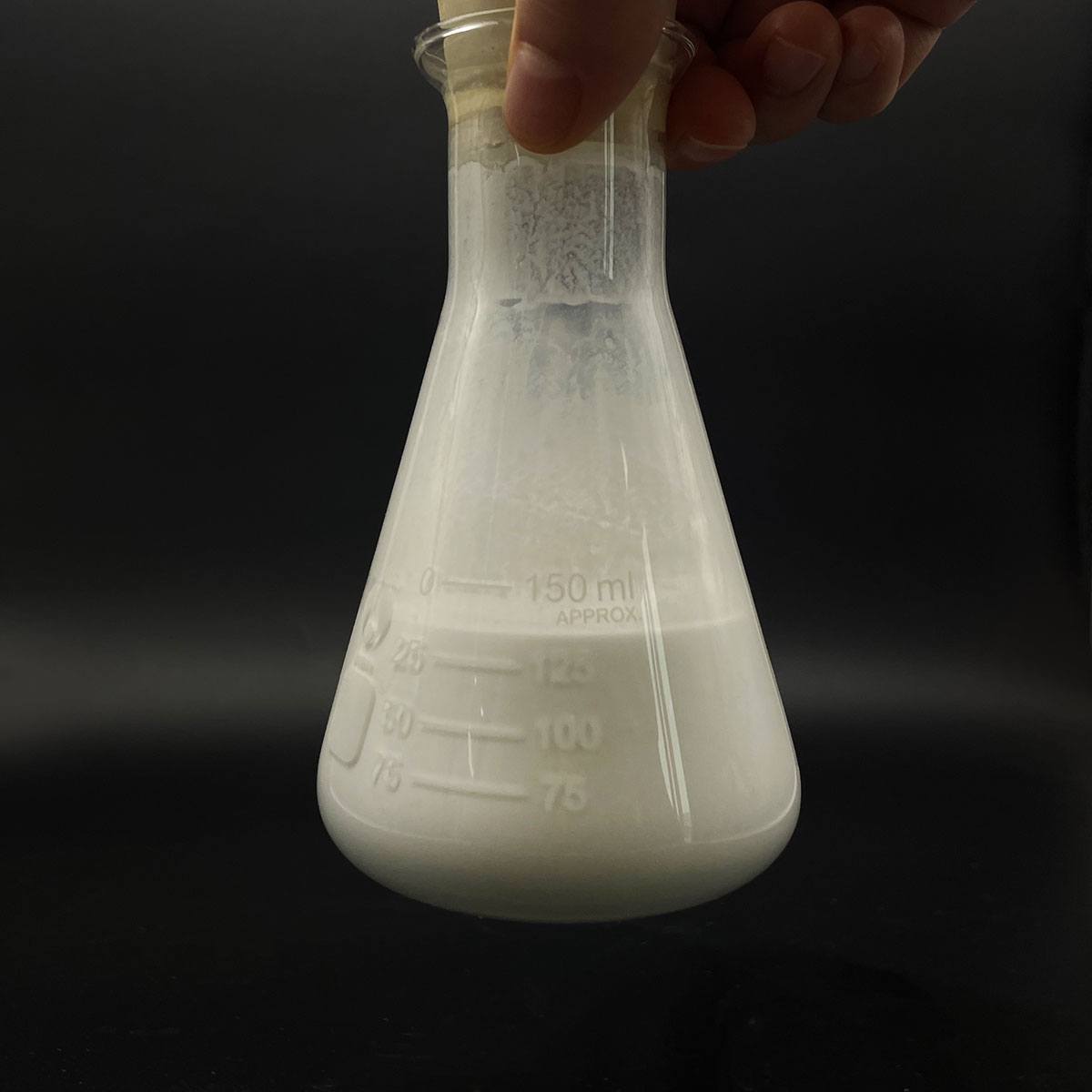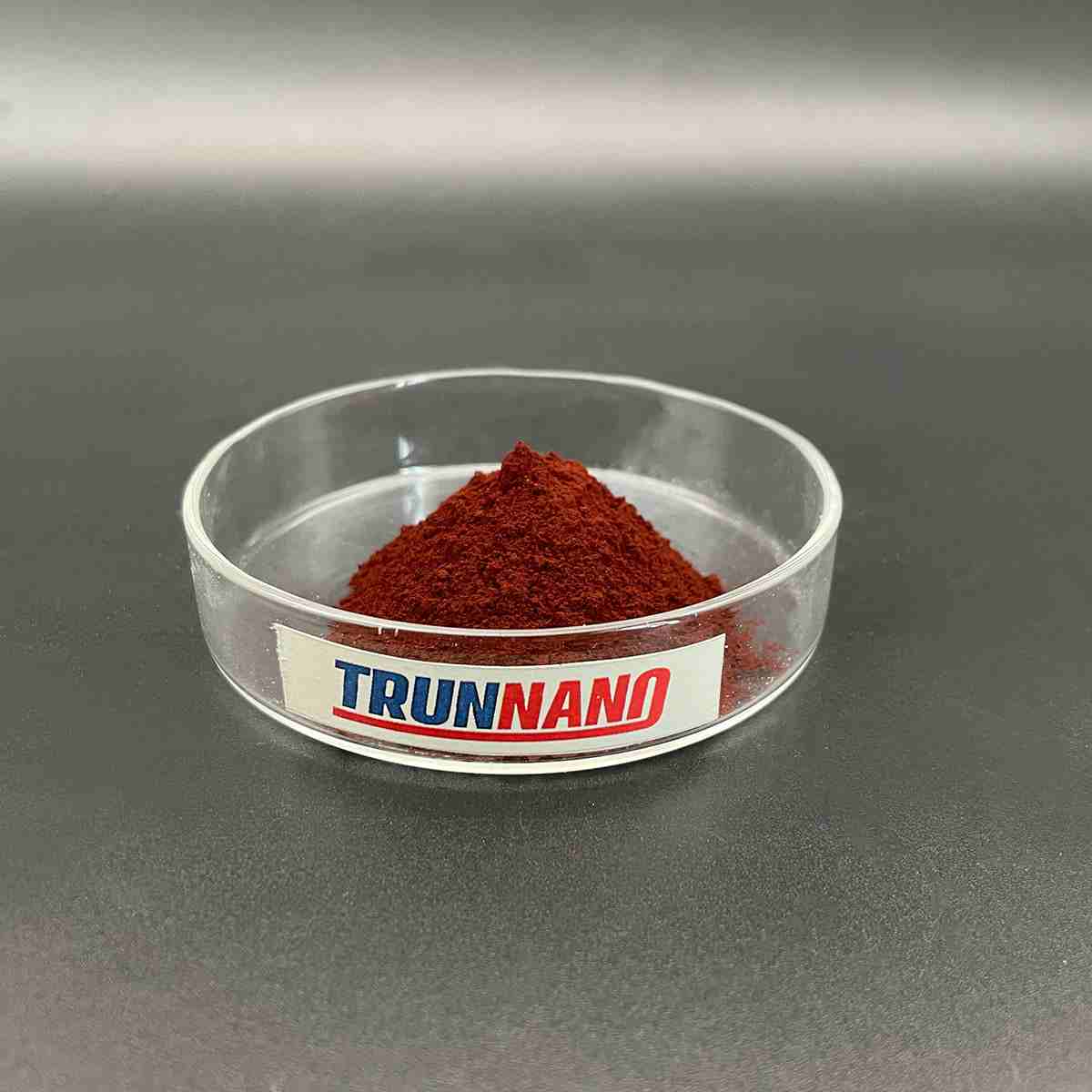Overview of Sb Antimony Doped P type Bismuth Telluride
Telluride and selenide compounds play a significant role in the field of semiconductors, particularly in the development of advanced electronic and optoelectronic devices. These materials belong to the chalcogenide family, characterized by their ability to form compounds with elements from groups IV-VI in the periodic table.
Tellurides: Compounds containing tellurium (Te) as the chalcogen. Examples include cadmium telluride (CdTe), mercury telluride (HgTe), and zinc telluride (ZnTe). These materials have found applications in solar cells, infrared detectors, and high-speed electronics due to their tunable bandgap, high electron mobility, and good thermal stability.
Selenides: Similar to tellurides, but with selenium (Se) replacing tellurium. Notable examples are cadmium selenide (CdSe), gallium selenide (GaSe), and zinc selenide (ZnSe). Selenide compounds are widely used in light-emitting diodes (LEDs), laser diodes, and solar cells due to their direct bandgap properties and efficient light absorption/emission capabilities.
Feature of Sb Antimony Doped P type Bismuth Telluride
Direct Bandgap: Many telluride and selenide semiconductors have direct bandgaps, which facilitate efficient light emission and absorption processes. This makes them suitable for optoelectronic applications such as LEDs and lasers.
Tunable Bandgap: The bandgap of these materials can be adjusted by alloying or altering the composition (e.g., CdSe to CdTe), enabling customization for specific device requirements across a wide spectrum of wavelengths.
High Electron Mobility: Materials like HgCdTe exhibit high electron mobility, which is crucial for high-speed electronic devices and low-noise detector applications.
Thermal Stability: Some tellurides and selenides, like ZnTe and ZnSe, demonstrate good thermal stability, making them suitable for high-temperature operation and processing.
Non-Toxic Alternatives: With increasing environmental concerns, there’s a push towards exploring less toxic alternatives to commonly used semiconductors. For instance, Cd-based tellurides and selenides are being replaced or combined with less toxic elements like Mg or Mn in some applications.

(Sb Antimony Doped P type Bismuth Telluride)
Parameters of Sb Antimony Doped P type Bismuth Telluride
Antimony-doped p-type bismuth telluride (Bi2Te3 with Sb dopants), a promising material in the field of thermoelectric materials, has garnered significant attention due to its potential for efficient conversion of waste heat into electricity. This unique compound combines high Seebeck coefficients, relatively low thermal conductivity, and a narrow bandgap, which are crucial factors for optimizing thermoelectric performance.
Bismuth telluride is a binary compound consisting of bismuth (Bi) and tellurium (Te). Its natural crystal structure, typically rhombohedral or trigonal, allows for an intrinsic semiconducting behavior. However, to enhance its p-type conductivity, antimony (Sb) is introduced as an impurity. Sb, being a group V element, substitutes for Bi sites in the lattice, creating holes that facilitate electrical conduction.
The primary parameter of interest in this material is the Seebeck coefficient (S), which measures the voltage generated per temperature difference across the material. Sb-doped Bi2Te3 exhibits a high Seebeck coefficient, typically around 500-600 μV/K at room temperature. This value is advantageous because it enables the material to generate a substantial voltage even under small temperature gradients, making it suitable for waste heat recovery applications.
Another critical parameter is the electrical conductivity (σ), which increases with the doping concentration of Sb. The optimal doping level depends on the desired balance between electrical and thermal conductivities. At moderate doping levels, the increase in holes leads to a higher conductivity without compromising the thermoelectric efficiency too much. The Hall coefficient (RH), which inversely relates to carrier concentration, decreases with increasing Sb content, indicating a decrease in the number of free charge carriers.
Thermal conductivity (κ) is another vital aspect, as thermoelectric materials should have low thermal conductivity to maximize the figure of merit (ZT), a dimensionless quantity that quantifies the thermoelectric efficiency. Sb-doped Bi2Te3 exhibits relatively low thermal conductivity compared to other high-performance thermoelectric materials, primarily due to the phonon scattering caused by the Sb dopants and the complex crystal structure. Optimizing the ZT can be achieved by tuning the Sb doping and processing conditions.
Lastly, the bandgap plays a role in determining the material’s applicability in specific temperature ranges. For p-type Bi2Te3-Sb, the bandgap is generally in the mid-infrared region, around 0.15 to 0.2 eV, which is suitable for converting lower-grade heat sources. However, the bandgap can be tailored further by alloying or nanostructuring techniques.
In summary, antimony-doped p-type bismuth telluride is a promising thermoelectric material characterized by a high Seebeck coefficient, tunable electrical conductivity, relatively low thermal conductivity, and a bandgap suitable for waste heat recovery. By optimizing the doping concentration and processing parameters, researchers aim to enhance its performance and make it a competitive choice for various thermoelectric applications, including power generation from automotive exhausts, industrial processes, and electronic devices.

(Sb Antimony Doped P type Bismuth Telluride)
FAQ of Semiconductor Materials
Inquiry us






